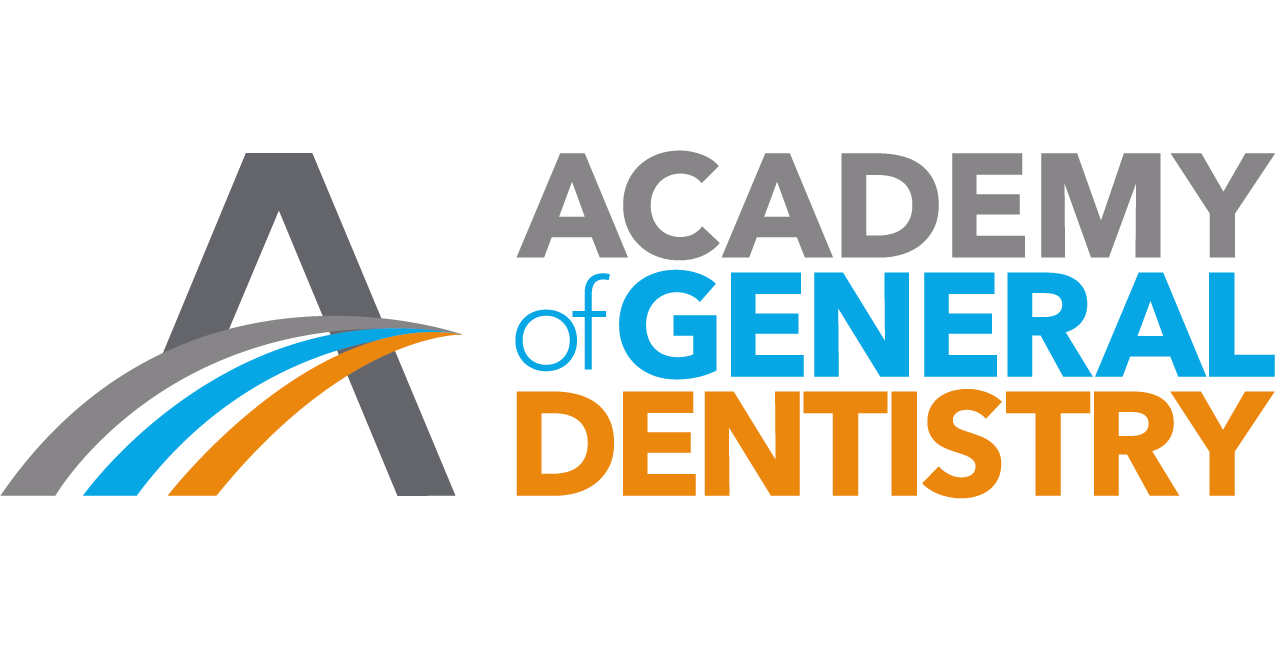
Most people associate orthodontics with teenagers, because most orthodontic treatment begins between ages 10 and 14. That being true, there is an optimal age earlier than age 10, when you should take your child to see an Orthodontist for an evaluation. The American Association of Orthodontists (AAO) recommends that the optimal age for an initial orthodontic evaluation is either at the first sign of orthodontic problems or no later than age 7.
Why is Age 7 OPTIMAL?
At the age 7, most children have a mix of adult and baby teeth, allowing an orthodontist to spot subtle problems with jaw growth and emerging teeth, while some of the baby teeth are still present. To have a smile that is good for life, your child needs teeth and jaws that are aligned properly, i.e. a healthy bite. When a child is 7, the first adult molars erupt, establishing the back bite. During this time an orthodontist can evaluate front-to-back and side-to- side tooth relationships. For example, the presence of erupting incisors can indicate possible overbite, open bite, or gummy smiles. Timely screening increases the chances for an incredible smile. Although early diagnosis of orthodontic problems is encouraged, treatment may not be necessary, but vigilant examination can anticipate the most advantageous time to begin treatment. Usually the child is placed on a recall protocol to monitor jaw growth and emerging teeth.
What to look for?
When your child is 7 years old, you should start looking for the following clues that may indicate the need for an orthodontic evaluation. Teeth that look straight may be hiding a problem bite.
- Early or late loss of baby teeth
- Difficulty in chewing or biting
- Thumb-sucking or any other habits
- Crowded, misplaced or blocked-out teeth
- Jaws that are too far forward or back
- Biting the cheek or biting into the roof of the mouth
- Protruding teeth
- An unbalanced facial appearance







